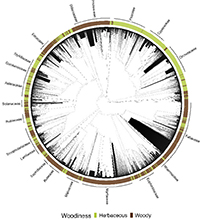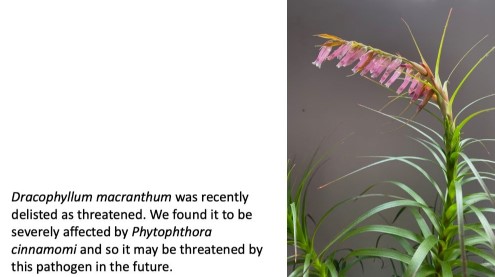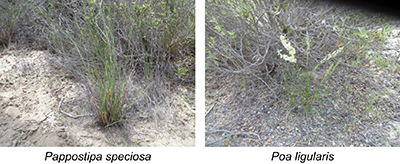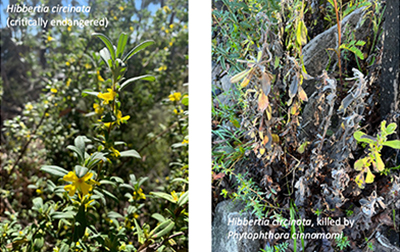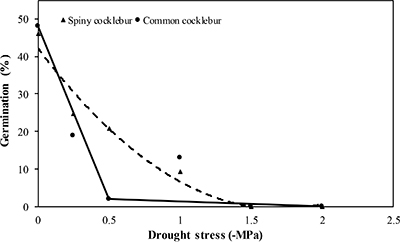Silicophytoliths constitute an important source of silicon in terrestrial and aquatic environments. Schoenoplectus californicus is an important silicophytolith producer. We investigated the spatio-temporal variation in silicophytolith content of S. californicus in three shallow lakes of the Pampean region, Argentina. S. californicus is generating a constant silicophytolith production over the years and between sites. This study shows the importance of this community as a silicon source, and the implications of its displacement by other communities or urban development. Photograph taken by M. De Rito.
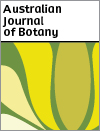
Australian Journal of Botany
Volume 72 Number 4 2024
Here, we present an open-source dataset that includes trait values for plant growth form, woodiness and life history for nearly all plants in Australia. This is the first near-complete tabular compilation of these traits for Australia, designed to facilitate research on Australia’s flora. Users can download this data set, rather than transcribing trait values from floras or other resources. Image by Sophie Yang.
BT23111 Abstract | BT23111 Full Text | BT23111PDF (251 KB) Open Access Article
To facilitate communication, research projects, biodiversity assessments and nurseries across Australia should use the scientific names accepted by the Australian Plant Census (APC), Australia’s national taxonomic standard for vascular plants. Here we present ‘APCalign’, an R package and browser-sourced application to efficiently align and update lists of scientific names for Australian vascular plants to the most likely currently accepted name. This package will be useful for all research outputs that require diverse scientific name lists to be updated. Image by Elizabeth Wenk.
BT24014 Abstract | BT24014 Full Text | BT24014PDF (362 KB) Open Access Article
The root pathogen Phytophthora cinnamomi is a major threat to Australia’s native plants. Little is known about its effect on plants in New South Wales. We found that some rare and threatened species can be severely affected by this pathogen but the threat is unknown for many rare species in areas such as the Blue Mountains where the habitat is highly suited to P. cinnamomi. Image by Keith McDougall.
BT23106 Abstract | BT23106 Full Text | BT23106PDF (848 KB) | BT23106Supplementary Material (697 KB) Open Access Article
The major adaptive strategy against the dry period is the high activity of secondary metabolism; mainly in leaves for the drought-tolerant grass Pappostipa speciosa, and in roots for the drought-escaping grass Poa ligularis. Photographs by Ana M. Cenzano.
The magnitude of the extinction risk to Australia’s flora from Phytophthora cinnamomi is poorly known. Using available data, we found that the genera Andersonia, Banksia, Darwinia, Daviesia, Epacris, Gastrolobium, Grevillea, Hibbertia, Isopogon, Lambertia, Latrobea, Leucopogon, Phebalium and Styphelia have multiple species at a very high risk of extinction because of this pathogen. As many as 269 plant species may be at a very high risk of extinction on the basis of phylogenetic patterns. Photographs by Keith McDougall.
BT23086 Abstract | BT23086 Full Text | BT23086PDF (2.1 MB) | BT23086Supplementary Material (718 KB) Open Access Article
Information on factors affecting spiny cocklebur (Xanthium spinosum) and common cocklebur (X. strumarium) seed germination could help us determine their potential distribution in different regions and their effective control strategies. Maximum germination of both spiny cocklebur and common cocklebur was at neutral pH. Spiny cocklebur germination was less sensitive to high and low pH, salinity, flooding and surface burial than was common cocklebur germination, indicating that it may be better adapted to the broader range of conditions. Image by Faezeh Zaefarian.




